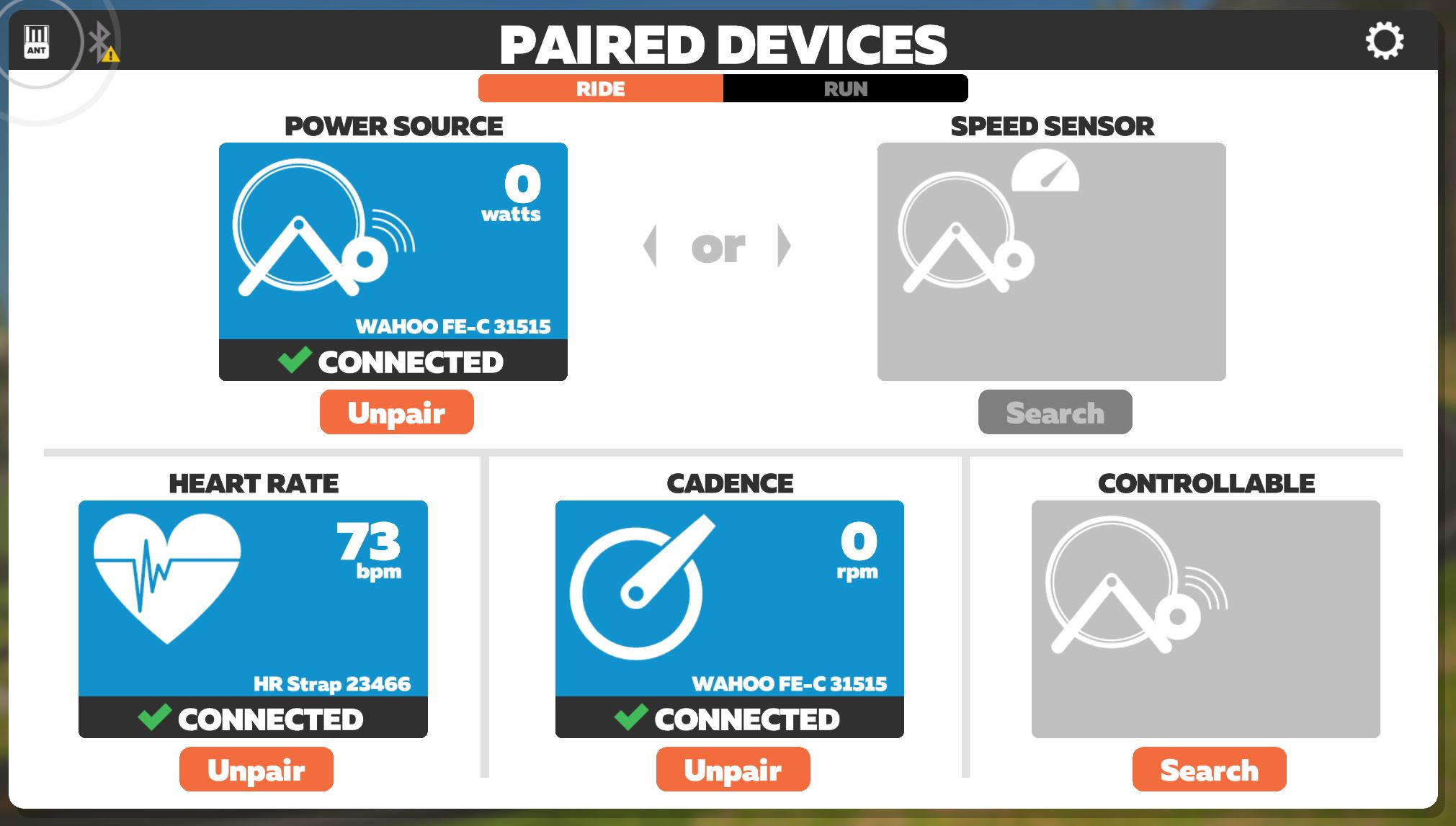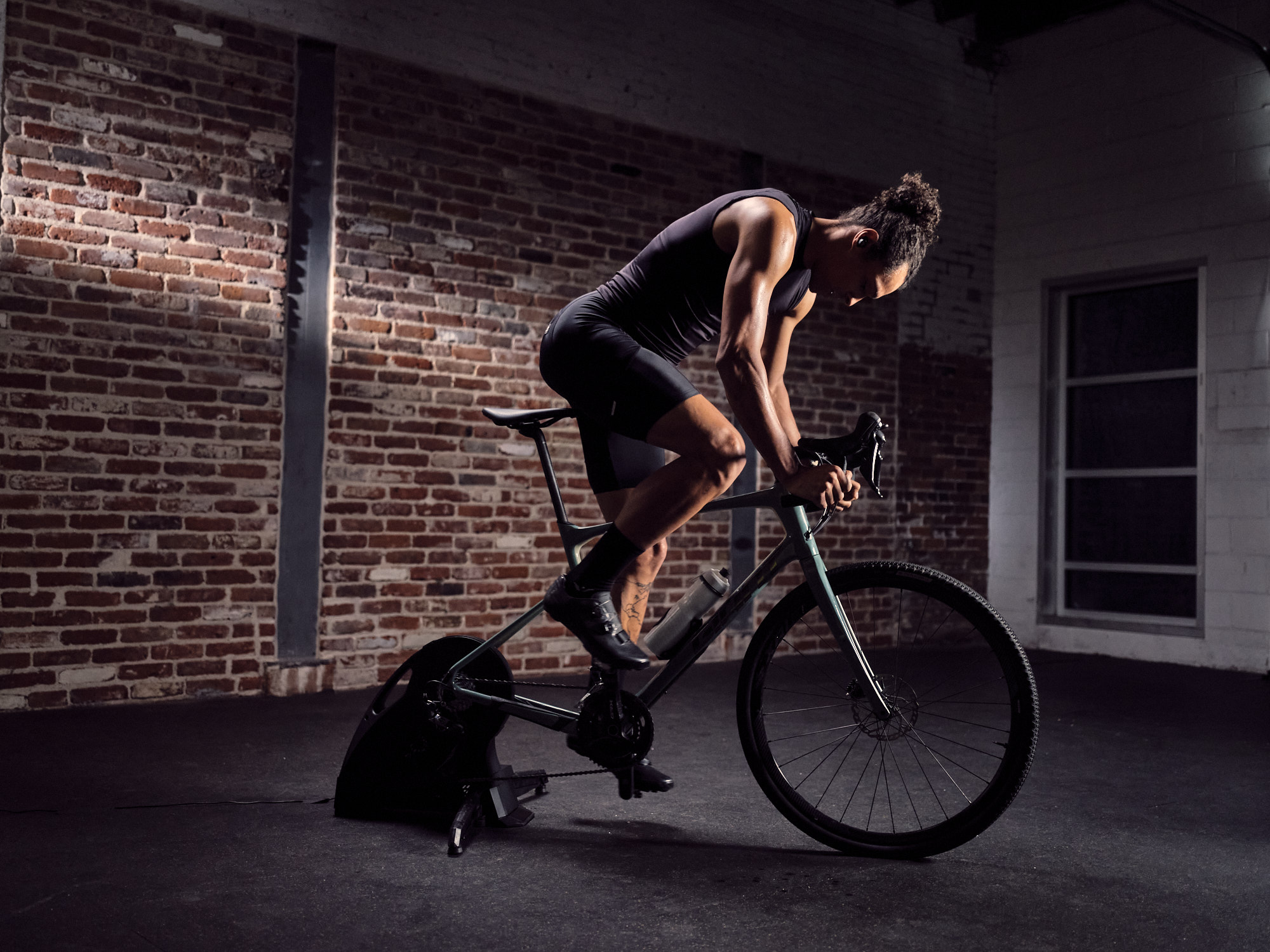

TRAINERROAD BETA TV
Note that the app does support Airplay mirroring (so you can send it to something like Apple TV for a big screen view). You can also click on a workout to see more detail about it. Lastly, within the final section – Career – you can scroll through and see your past history and workouts that were completed there. Once you’ve completed a workout you can go ahead and add some notes to it prior to saving it where it then uploads to your online account: This helps to make it possible to complete a workout (or make it harder) if the intensity isn’t matching your athletic performance capabilities that day. You can adjust workout intensity as with the desktop app. This is already seen on the desktop app as well.

Right now they’ve completed the instructional text guidance pieces on 29 training plans, and have one training plan remaining. These messages come from the training plans and are designed to assist you through a workout. They’re also supporting the text-driven messages for what will be 30 workout training plans. Down below you have the usual workout structure illustrated (aka where things hurt). So you’ll see heart rate, power, cadence, time, as well as the time left within the workout segment. You’ll get all the metrics you normally would on your desktop. They’ve added some cool filtering options though to make it a bit easier to find what you want within the listing of them. These are all the pre-configured workouts that are available as normal. Next, moving into the Workout area it’ll go ahead and enumerate the same workout listing from online. They’ll support most of the same devices as on the PC/Mac, but as it stands today there are some limitations with respect to things like the CompuTrainer – since that requires physical cables (but more on changes with CompuTrainer in another post…). You can assign names to sensors as well, making it easy to keep track of them. This is useful if you move between locales with your bike and phone and perhaps use different trainers (or even different bikes with different sensors). The iOS app allows you to save a ton of sensors and devices. Pairing ANT+ devices will require either the Wahoo Fitness ANT+ adapter, or soon, the Wahoo TICKR HR strap to pass through that data as a bridge.

TRAINERROAD BETA BLUETOOTH
Starting with devices, this is where you can pair both Bluetooth Smart and ANT+ devices. You’ll also notice in the bottom left your profile icon and username displayed upon signing in. When you open up the app you’ll have a bit of a dashboard that shows you the main sections that you’re familiar with on TrainerRoad – Training, Career and Devices. To begin, the app runs on iPad 2 and higher, and iPhone 4S and higher. I had a chance yesterday to sit down with the guys and get a quick walk through of things. Starting yesterday the company began slowly opening the doors to a small subset of those beta users. But many have been begging for a more mobile-focused solution like tablet or phone driven, which are typically easier to handle/mount.īack in August TrainerRoad (finally) announced they were going to open up beta shortly to allow users to start testing out their iOS app.

For others the laptop always teetered nearby on some tower of creativity power (two sketchy leftover FedEx boxes on top of a three-legged stool next to your handlebars). For some with elaborate pain cave setups that wasn’t too much of an issue.
TRAINERROAD BETA PC
It required you have a PC or Mac nearby within range of your bike trainer setup. The challenge with TrainerRoad has always been platform support though. When you complete workouts, your stats are automatically uploaded to an online service where you can view your workout ‘career’ and export as well. They also support both ANT+ and Bluetooth Smart devices, so you can get heart rate, cadence, etc… in there as well. This power output can be measured by power meters as well as higher end trainers like most apps, but what separates TrainerRoad from many of the rest is their ability to do a ‘Virtual Power’ estimation using a boatload of lower end (normal) trainers. The platform (PC/Mac) works by having a large database of workout libraries that are based on power output. To begin, for those unfamiliar with TrainerRoad, it’s a training platform that has developed a bit of a cult-like following over the past two or so years since they came on the scene.


 0 kommentar(er)
0 kommentar(er)
